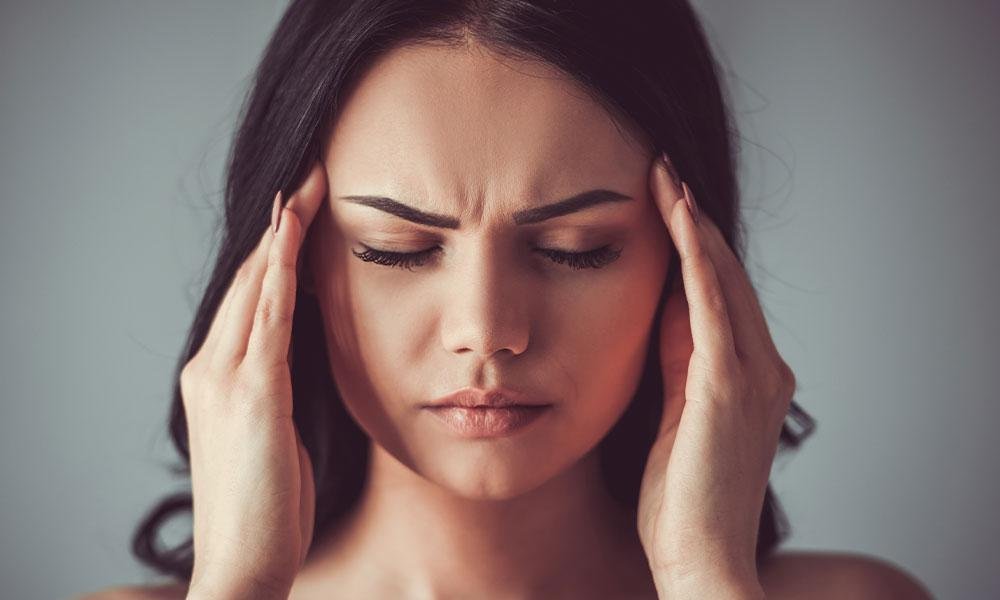(#3) Common Types of Headaches
Headaches are one of the most common ailments affecting people of all ages, genders, and ethnicities. While most headaches are not serious, they can be uncomfortable and interfere with daily activities. In this article, we will discuss the most common types of headaches and their treatment options.
Tension headaches
Tension headaches are the most common type of headache. They are often described as a dull, aching pain or pressure around the forehead or the back of the head and neck. Tension headaches are usually caused by stress, anxiety, or tension in the neck and shoulder muscles. They can last for a few hours or up to several days.
Treatment options:
Manual therapy: such as Osteopathy, can help reduce muscle tension and joint restriction
Over-the-counter pain relievers: Over-the-counter pain relievers such as aspirin, ibuprofen, or acetaminophen can be used to manage tension headaches.
Hot or cold compresses: Applying a hot or cold compress to the affected area can help alleviate pain and discomfort.
Relaxation techniques: Relaxation techniques such as deep breathing, meditation, or yoga can help reduce stress and tension in the muscles.
Regular exercise: Regular exercise can help reduce tension and stress in the muscles and prevent tension headaches from occurring.
2. Migraines
Migraines are a type of headache that is characterized by severe, throbbing pain on one or both sides of the head. They can last for several hours or up to several days and are often accompanied by other symptoms such as nausea, vomiting, and sensitivity to light and sound. Migraines are more common in women than men.
Treatment options:
Over-the-counter pain relievers: Over-the-counter pain relievers such as aspirin, ibuprofen, or acetaminophen can be used to manage mild to moderate migraines.
Prescription medications: Prescription medications such as triptans, ergotamines, or beta-blockers can be used to manage more severe migraines.
Lifestyle changes: Lifestyle changes such as regular exercise, stress reduction techniques, and getting enough sleep can help prevent migraines from occurring.
Avoiding triggers: Identifying and avoiding triggers such as certain foods, stress, or hormonal changes can help prevent migraines from occurring.
3. Cluster headaches
Cluster headaches are a rare type of headache that is characterized by severe pain on one side of the head, usually around the eye. They occur in cycles and can last for several weeks or months. They are more common in men than women.
Treatment options:
Oxygen therapy: Inhaling pure oxygen through a mask can help alleviate pain and discomfort.
Triptans: Prescription medications such as sumatriptan can help alleviate pain and shorten the duration of cluster headaches.
Steroids: Prescription steroids such as prednisone can be used to manage cluster headaches.
Lifestyle changes: Lifestyle changes such as avoiding alcohol and tobacco, regular exercise, and getting enough sleep can help prevent cluster headaches from occurring.
4. Sinus headaches
Sinus headaches are caused by inflammation in the sinuses due to allergies, infection, or a cold. They are usually accompanied by other symptoms such as nasal congestion, fever, and facial pain.
Treatment options:
Over-the-counter decongestants: Over-the-counter decongestants such as pseudoephedrine can be used to alleviate sinus congestion and pressure.
Antihistamines: Over-the-counter antihistamines such as loratadine can be used to alleviate allergy symptoms.
Pain relievers: Over-the-counter pain relievers such as aspirin, ibuprofen, or acetaminophen can be used to manage pain and discomfort.
Antibiotics: Antibiotics may be necessary if the sinus headache is caused by a bacterial infection.
5. Rebound headaches
Rebound headaches are caused by overuse of pain medications, such as aspirin, ibuprofen, or acetaminophen. They can occur when pain medications are taken too frequently or in large doses. Rebound headaches can be similar to tension headaches or migraines and can be difficult to differentiate.
Treatment options:
Stopping the use of pain medications: The first step in treating rebound headaches is to stop using the pain medications that are causing the problem.
Gradual tapering: In some cases, a gradual tapering of the medication over several weeks may be necessary to avoid withdrawal symptoms.
Prevention: Preventing rebound headaches involves limiting the use of pain medications to no more than two or three times a week and avoiding using more than one pain medication at a time.
Conclusion
Headaches are a common ailment that can be uncomfortable and interfere with daily activities. Tension headaches are the most common type of headache and are usually caused by stress or tension in the muscles. Migraines are a more severe type of headache that is characterized by throbbing pain, nausea, and sensitivity to light and sound. Cluster headaches are a rare type of headache that is characterized by severe pain on one side of the head and occur in cycles. Sinus headaches are caused by inflammation in the sinuses due to allergies, infection, or a cold. Rebound headaches are caused by overuse of pain medications and can be difficult to differentiate from other types of headaches.
